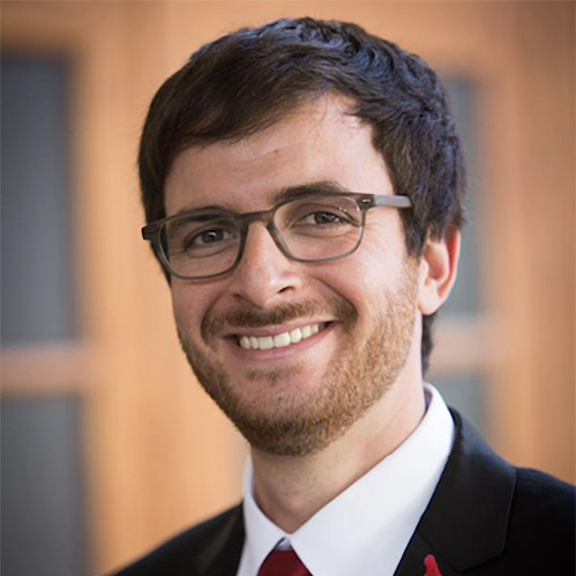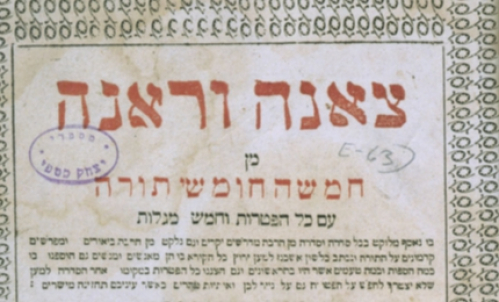Standardization in Contemporary Yiddish: Case Studies from Hasidic Jews and Yiddishists

|
Yiddish Civilization Lecture Series
Admission: Free |
Isaac Bleaman | Delivered in Yiddish.
Although Hasidic Jews and Yiddishists share a commitment to Yiddish as a living language, the two communities differ in their stance toward standardization: Hasidim promote the use of Yiddish as a community vernacular, but without the standards of "correctness" that have come to be associated with Yiddishists. This talk explores standardization in contemporary Yiddish, through two case studies in quantitative (variationist) sociolinguistics. The first case study, drawing on interviews with Hasidim and Yiddishists in the New York area, finds that Yiddishists have significantly higher rates of number agreement than Hasidim do. This difference in their spoken Yiddish is also reflected in their responses to a text-editing task, showing that Yiddishists are likelier than Hasidim to correct number agreement "errors" in a written text, and to concur with one another in their corrections. The second case study, analyzing data from the Hasidic discussion forum KaveShtiebel.com, demonstrates that language standards can still spread implicitly among Hasidic writers.
About the Speaker
Isaac L. Bleaman is Assistant Professor of Linguistics at UC Berkeley. His research interests include sociolinguistic variation, multilingualism, language maintenance, and language change. He addresses these broad areas by analyzing how individuals and communities speak and write in Yiddish. Bleaman is also an experienced language teacher, having taught Yiddish at the YIVO Summer Program, the Yiddish Farm, and the Worker's Circle/Arbeter-Ring in New York. He holds a Ph.D. and M.A. in Linguistics from New York University, an M.St. in Yiddish Studies from the University of Oxford, and a B.A. in Linguistics and Comparative Literature from Stanford University.
Bibliography
Bleaman, Isaac L. 2020. Implicit standardization in a minority language community: Real-time syntactic change among Hasidic Yiddish writers. Frontiers in Artificial Intelligence 3. 1–20. doi:10.3389/frai.2020.00035.
Fader, Ayala. 2009. Mitzvah girls: Bringing up the next generation of Hasidic Jews in Brooklyn. Princeton: Princeton University Press.
Fishman, Joshua A. 2001. A decade in the life of a two-in-one language: Yiddish in New York City (secular and ultra-Orthodox). In Joshua A. Fishman (ed.), Can threatened languages be saved? Reversing language shift, revisited: A 21st century perspective, chap. 4, 74–100. Clevedon, UK: Multilingual Matters.
Mark, Yudel. 1949. Umshtimung in tsol tsvishn subyekt un predikat [Incongruence of subject and predicate]. Yidishe shprakh 9. 22–34.
Milroy, James. 2001. Language ideologies and the consequences of standardization. Journal of Sociolinguistics 5(4). 530–555. doi:10.1111/1467-9481.00163.

